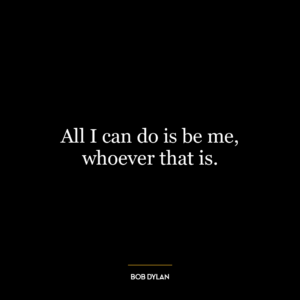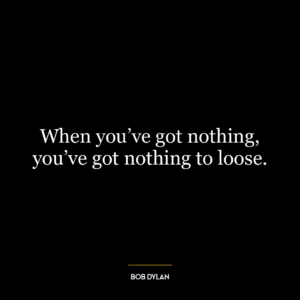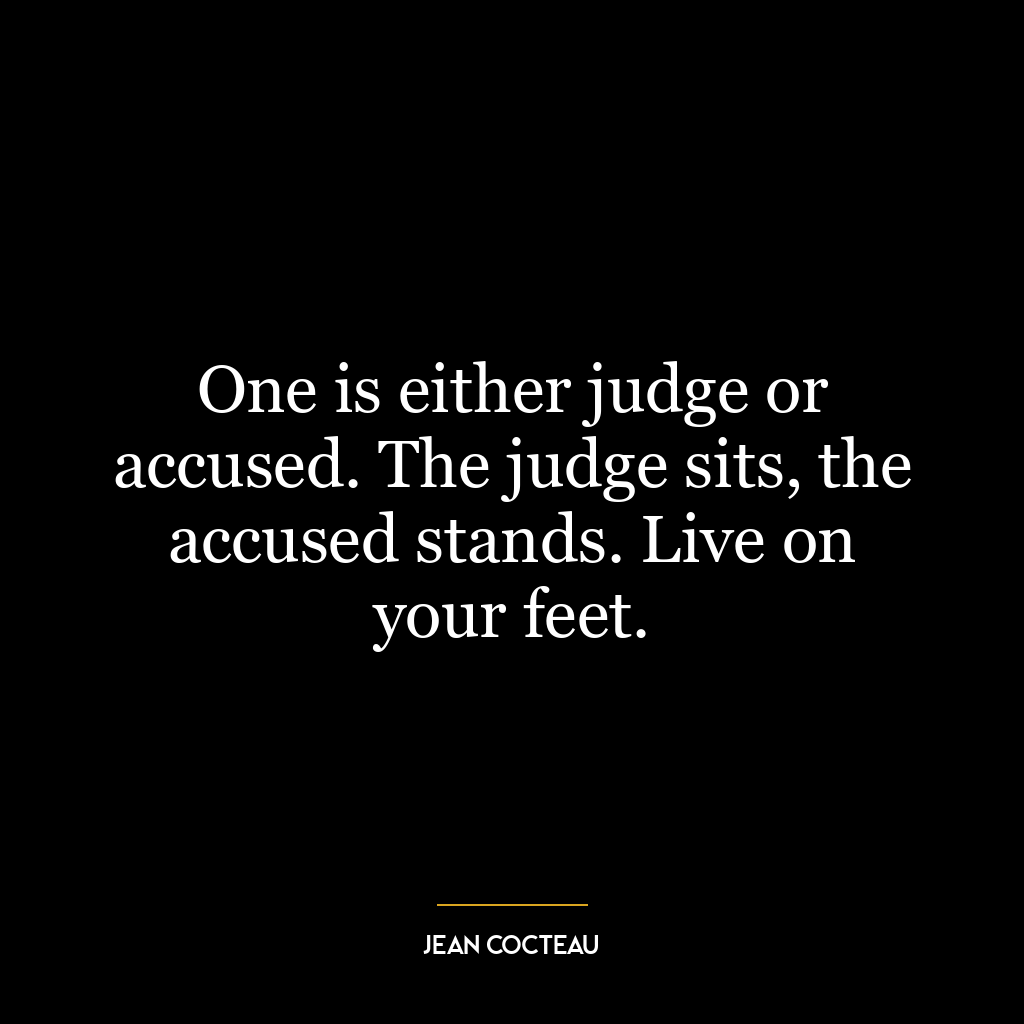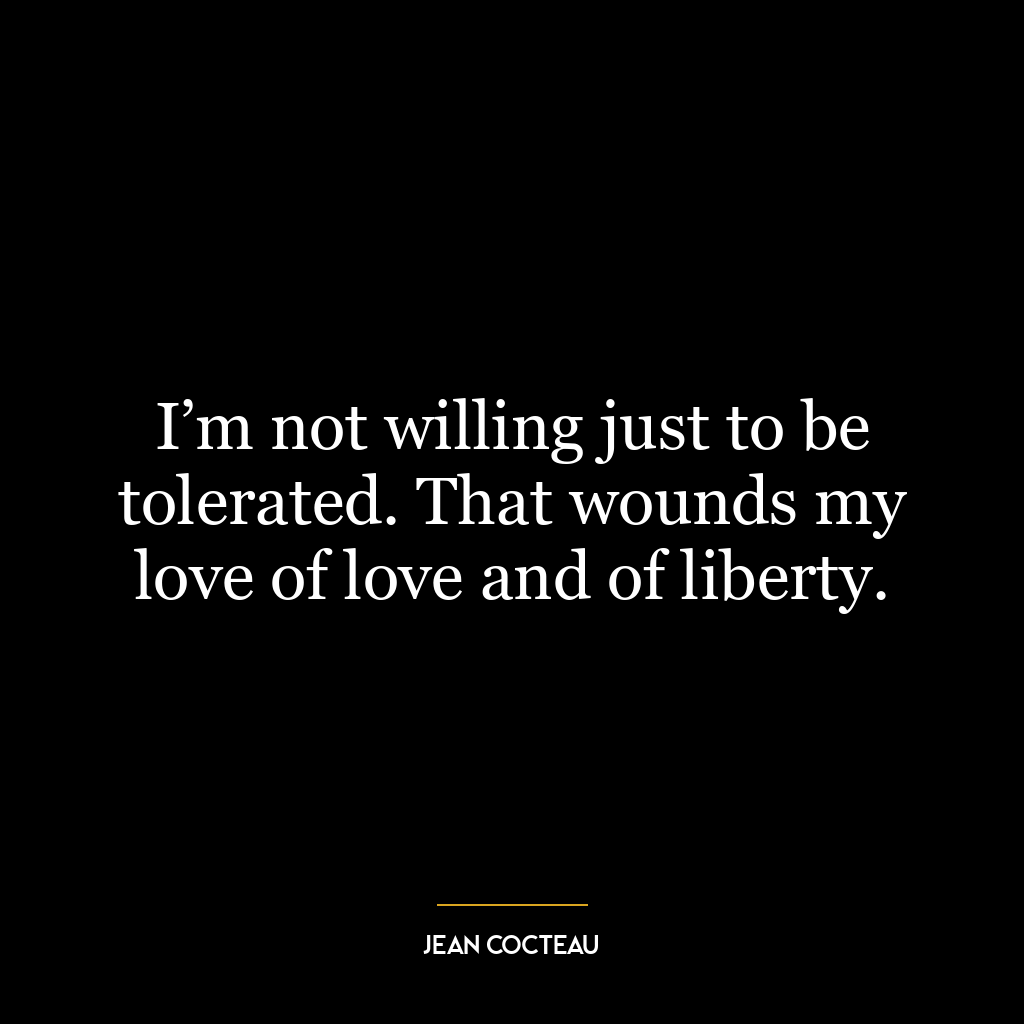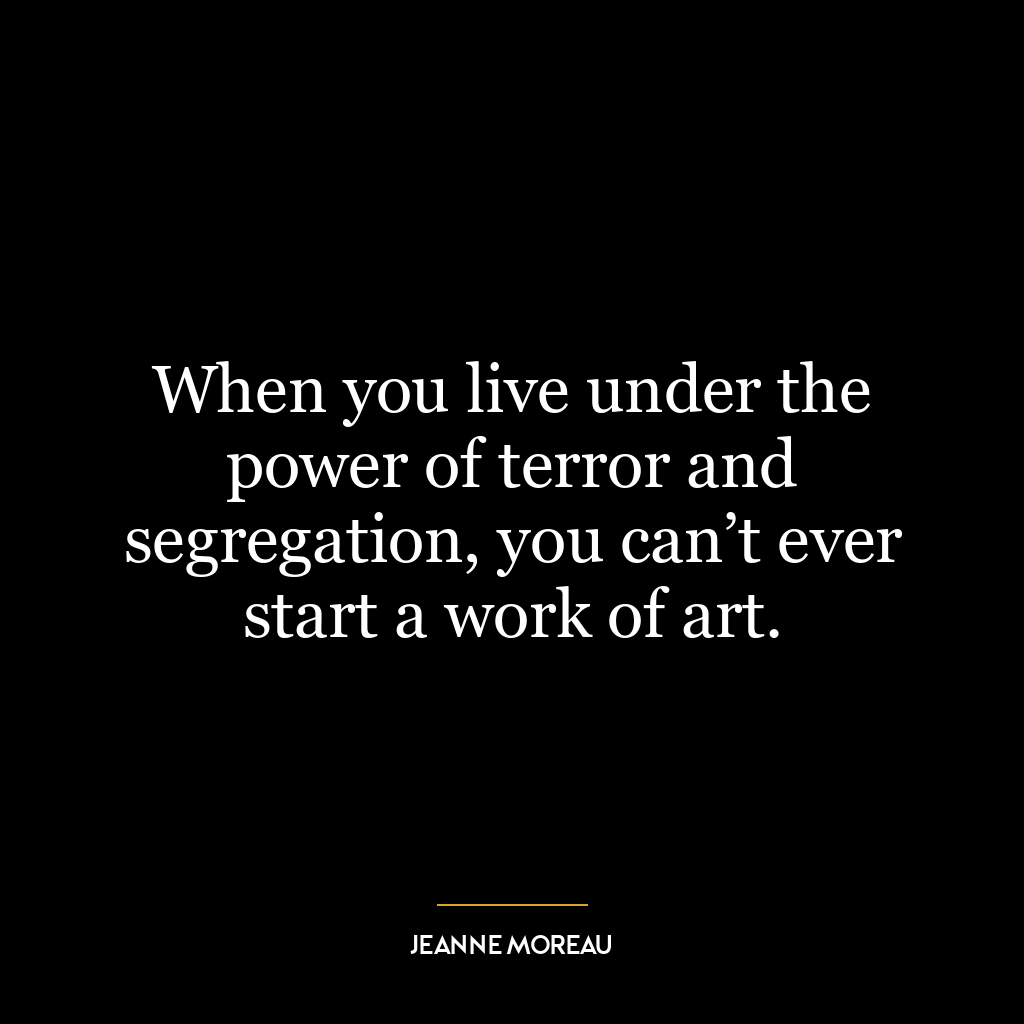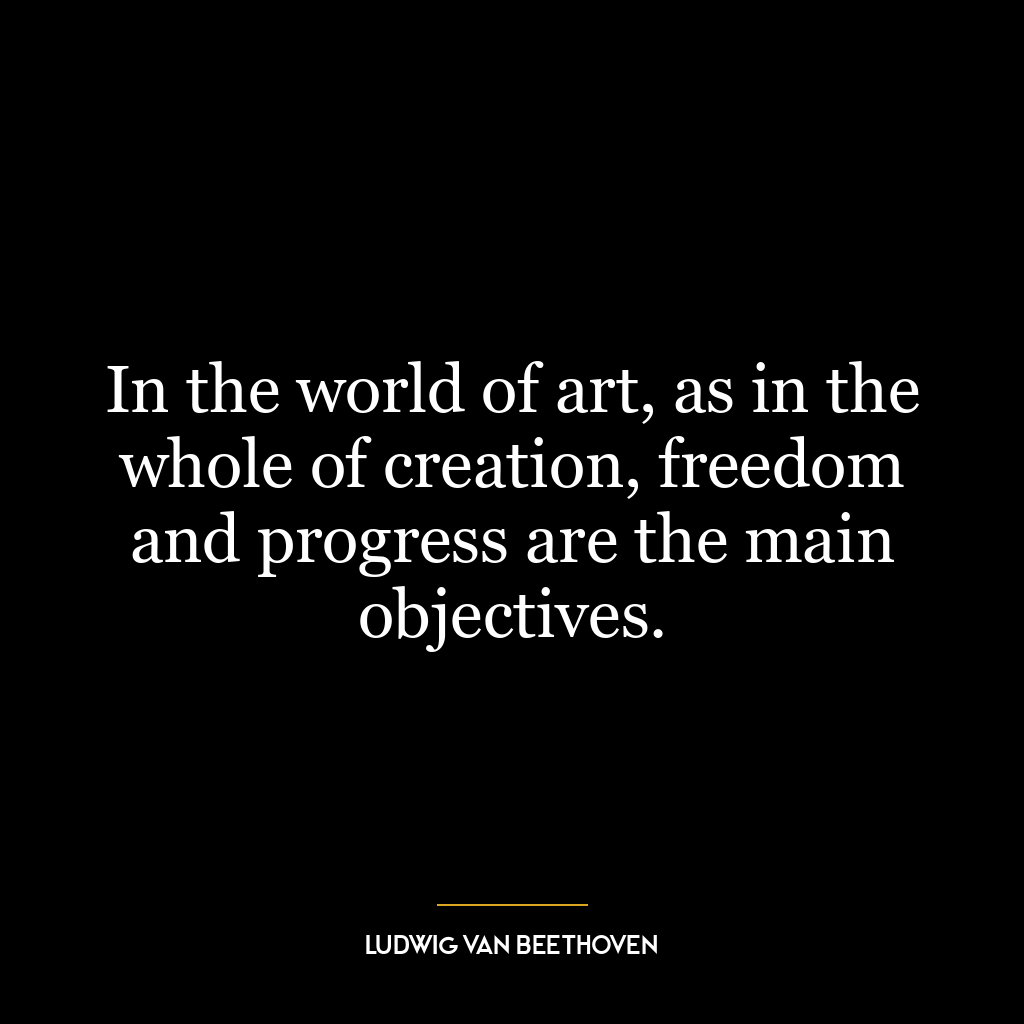How many years can some people exist before they’re allowed to be free.
This quote, “How many years can some people exist before they’re allowed to be free,” is a rhetorical question that challenges the societal norms and systems that bind individuals, preventing them from experiencing true freedom. It questions the length of time one must endure oppression or restrictions before they can claim their right to liberty. The ‘years of existence’ here symbolizes the duration of suffering, struggle, or endurance.
The quote can be viewed from two perspectives. Firstly, it can be perceived at a societal level, where it questions the societal structures that limit certain groups’ freedom. It challenges the notions of systemic oppression, discrimination, and inequality that persist in society, preventing certain groups from experiencing freedom despite years of existence and struggle.
Secondly, on a personal level, it could be interpreted as questioning the self-imposed limitations and fears that prevent individuals from experiencing personal freedom. It asks how long one must live before breaking free from their self-imposed chains and embracing their true potential.
Applying this idea to today’s world, it resonates with the ongoing struggles for equality, justice, and freedom across various societies. Whether it’s racial discrimination, gender inequality, or economic disparity, the quote echoes the sentiment of those who have been existing for years without tasting the fruit of freedom. It serves as a call to action, to question, challenge, and change the structures that bind us.
In terms of personal development, this quote encourages introspection. It pushes one to question the fears, insecurities, or limitations that have been holding them back. It inspires one to break free from these chains and embrace their true potential, regardless of how long they’ve lived under these constraints. It’s a reminder that it’s never too late to seek freedom, whether it’s from societal norms or personal inhibitions.





